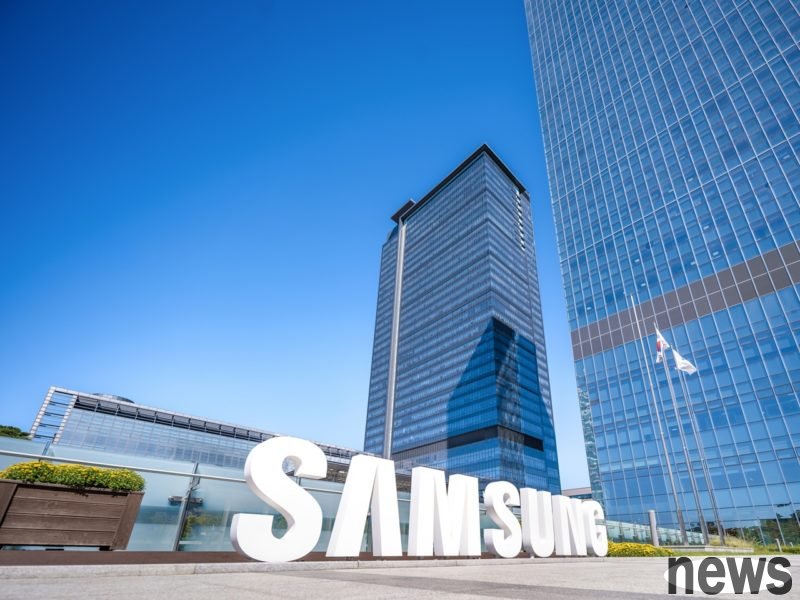
According to Chosun Ilbo, Samsung Electronics is internally discussing disbanding the task force (TF) responsible for 1c DRAM yield optimization, fully shifting manpower and resources to HBM4 mass production preparations, striving to break into the NVIDIA supply chain before the end of the year and regain dominance in the high-end memory market.
Samsung this time uses more advanced 1c DRAM as the core chip (Core Die) of HBM4, which can theoretically achieve higher bandwidth and energy efficiency. However, external reports indicate that its yield rate during the "cold test" stage is only about 35% to 50%, which is still lower than mass production standards. As the line width of the 1c process is further reduced, the tolerance of process control errors is lower than that of the 1b generation, and the difficulty of lithography and etching has increased significantly.
In comparison, according to previous Korean media reports, SK Hynix has completed preparations for mass production of HBM4, using a mature 1b process and MR-MUF packaging solution. The yield rate is estimated to be more than 70%, which has reached the profit threshold of mass production.
The TF team was established after Vice President Quan Yongxuan took office. It gathered core engineers from the memory division and originally focused on the stability and yield improvement of the 1c process. However, under the pressure of the new schedule, Samsung seems to have decided to skip the internal mass production approval (PRA) process and directly invest in the construction of the HBM4 mass production system.
Industry analysts pointed out that even if the yield rate is not as good as expected, Samsung will still have to rely on generation differences and performance advantages to break through. People familiar with the matter revealed that Samsung would rather sacrifice short-term efficiency to regain technological dominance before HBM4 becomes the new standard.
According to statistics from Counterpoint Research, the global HBM market share in the second quarter of this year was 62% for SK Hynix, 21% for Micron, and only 17% for Samsung. This is the first time Samsung has ranked third. Analysts believe that if the HBM4 mass production yield cannot be stabilized in the short term, the market share gap may further widen.
As the demand for AI training drives up the demand for HBM, the industry generally expects HBM4 to become the most critical memory battlefield after 2025. Whether it can take the lead in mastering the rhythm of mass production will determine the reshuffle of the global memory landscape.
[단독] 삼성전자, HBM4 수율 TF 해체 검토…‘속도전’으로 엔비디아 공급 노린다 삼성 HBM4와 1c D램 현황은 어떨까 [강해령의 테크앤더시티] 주도권 이어간다’…SK하이닉스, HBM4 테스트 수율 70% 도달